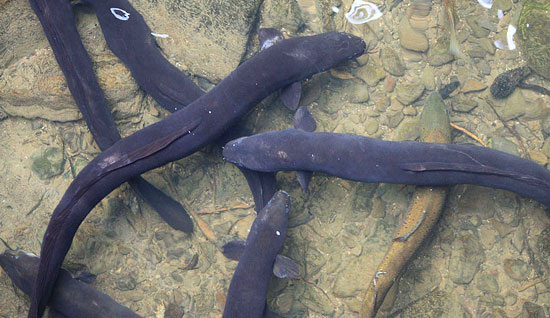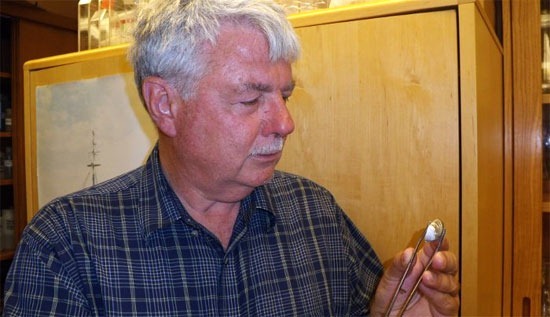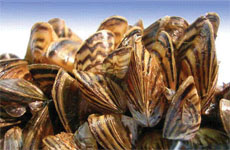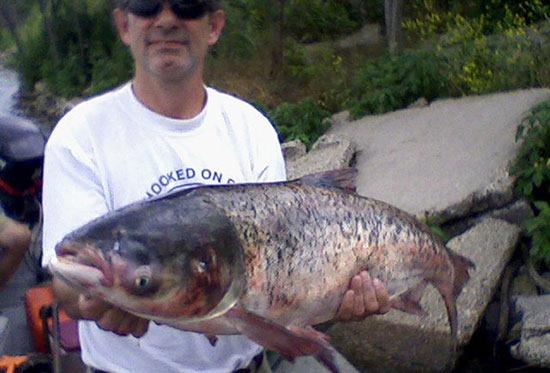Minnesota officials on ‘high alert’ for zebra mussels
0
Zebra Mussel
Invasive zebra mussels are becoming a growing concern for Minnesota lakes. Twenty of the state’s lakes are now infested with the invasive mussels, according to Luke Skinner, supervisor of the Minnesota Department of Natural Resource’s invasive species unit.
Last summer, the invasive species was discovered in Prior Lake, a fishing and water sports hot spot. And at the end of last month, they were caught lurking in the popular, 14,528-acre Lake Minnetonka, putting watershed officials on high alert.
DNR biologists surveyed Lake Minnetonka and found young (less than one year old) zebra mussels at 10 of 48 sites around the lake. Based on these findings, the DNR suspects that a breeding population of the mussels has lived in the lake for at least a year.
With two of the state’s heavily trafficked lakes now infested, many are concerned that it’s only a matter of time before the mussels spread into local lakes. The mussels are notorious for their ability to latch onto boats and other surfaces and travel from one water body to another. Skinner noted that since these lakes experience heavy boat traffic, the likelihood of the infestation spreading is high, which could have widespread biodiversity and recreational consequences.
Zebra mussels (Dreissena polymorpha) actually tend to improve water quality. They intake an enormous amount of water, roughly one liter per day, along with any suspended sediments or toxic substances within the water, thus acting as natural water filters. However, this filtering process can be hazardous to other aquatic species, Skinner said.
“They are filter feeders and eat materials that are in the food column,” he said. “You see water clarity increase, but when you reduce bait in the food chain, you impact the fishery over time.”
Moreover, the invasive species also generates immense financial burdens and is a nuisance to beachgoers and boaters. The mussels cover the undersides of docks, boats, and anchors, and their sharp shells can cut people’s feet.
Unlike some invasive species, the zebra mussels have local predators, but their rapid reproduction tends to outpace their predator’s appetites. Female zebra mussels can produce between 100,000 and 500,000 eggs per year, according to the Minnesota DNR.
There is also no environmentally safe way to kill off the zebra mussels, so keeping boats clean when moving between lakes is the only viable way to prevent their spread.
Zebra mussels first appeared in the Great Lakes region around the beginning of the 1990s. The non-native species were transported from Black Sea and Caspian Sea in Central Asia to North America via the ballast water of ocean-going ships. They’ve now spread all the way west to California as well as infested the Mississippi River system and its tributaries down to the Gulf of Mexico.
Zebra mussels zeroing in on area lakes [Eden Prairie News] Minn. DNR holding open house on zebra mussel infestations [Minnesota Public Radio] Zebra mussel (Dreissena polymorpha) [Minnesota Department of Natural Resources]
Image Credit: Courtesy of Michigan Sea Grant













